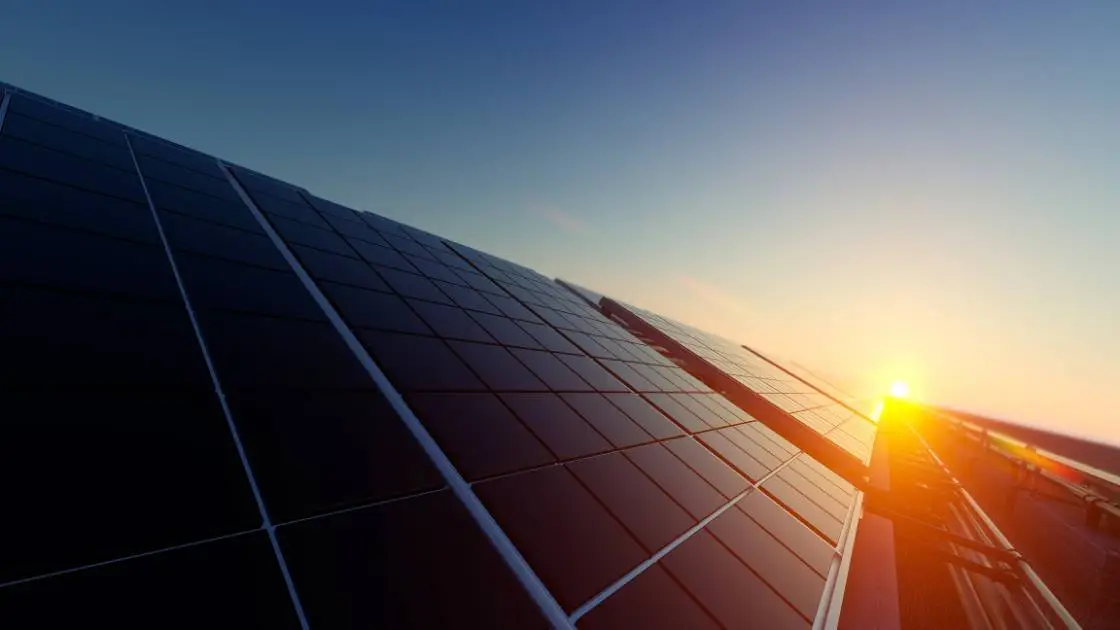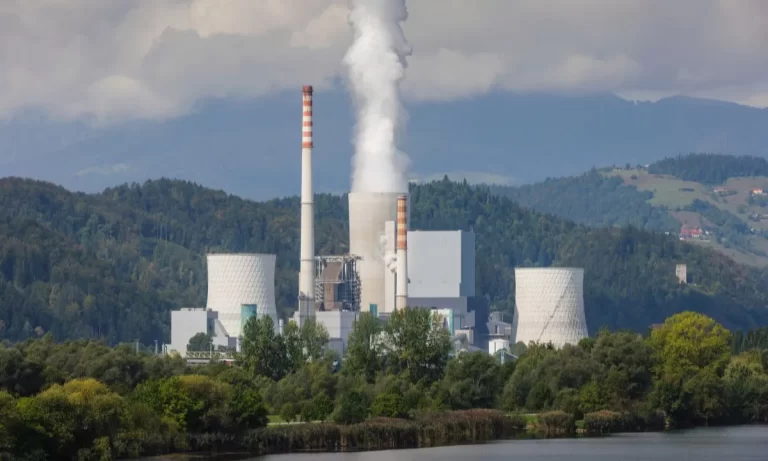Nepra questions Dollar Indexation for solar power plants in Sindh
Staff Report
The National Electric Power Regulatory Authority (Nepra) has questioned the indexation of the dollar for solar power plants in Sindh on local financing.
It has always been a matter of debate that previous governments had allowed the dollar indexation even on those power plants in the country that were set up on local financing. Additionally, there were no caps on dollar indexation, which resulted in the recent crisis of inflated bills in the country.
The issue came to light during a public hearing on the RFP Document Submitted by K-Electric for the Development of a 120 MW (PV) Solar Power Plant at West Karachi (Karachi Site 1) and the Development of a 150 MW (PV) Solar Power Plant at Malir, Karachi (Karachi Site 2).
During the public hearing, it was informed that the developer had claimed a 100 percent dollar indexation on the dollar to claim in tariff on a quarterly basis, regardless of whether the financing was local or foreign.
“Do you think dollar indexation is required in these solar projects?” Chairman Nepra asked. “It is not suitable to index with the dollar,” he said, questioning what would happen if the dollar went up to Rs 400 next year.
It was informed that the power regulator does not allow exchange rates on local costs.
These two solar projects were part of the Sindh Solar Energy Program. During the public hearing, it was informed that the government of Sindh would be part of a special purpose vehicle (SPV) to run these projects. However, it would not be a shareholder in this special-purpose vehicle.
It was further informed that the project is not binding so far. The project will be binding after the award of the contract to the successful bidder.
There is a plan to supply 1050 MW of solar-based electricity to KE by 2031. These two projects are part of this plan.
The project developer informed during the public hearing that solar-based electricity would replace the expensive power. “Expensive power plants are going to be shut down,” they said, adding that it would replace capacity and fuel.
According to their calculations, there would be a saving of 3-4 cents per unit compared to electricity being generated with LNG fuel. Solar Panel Prices to Drop 15% Due to Duty Exemption
“KE’s system is aggressive and too hungry for solar,” they said, adding that an analysis had been conducted to determine how much demand was required. “We can use solar, that model is confirmed,” they said.
However, they said that they would have to run thermal power plants for the sake of system stability, despite the fact that demand in winter goes down to 1500 to 2000 MW.
“Solar should be on must-run,” they said, adding that this renewable addition is cost-effective and will reduce the tariff. In winter, solar-based power will replace NTDC despatches.
Nepra said that tariff prudence should be taken into account and tariff demand and utilization analysis should be done.
It was informed that the Sindh government had given a lease for 30 years to keep the tariff of solar-based plants at a lower level. “If we get commercial land, the tariff will be too high,” KE officials said, adding that the project will be transferred to the Sindh government after completing its 30-year lifespan.
The tariff will be set and bidders will make bids based on that tariff. The World Bank has given a grant to set up a model of competitive bidding for solar plants. The objective is to reduce the tariff by awarding contracts through competitive bidding.








